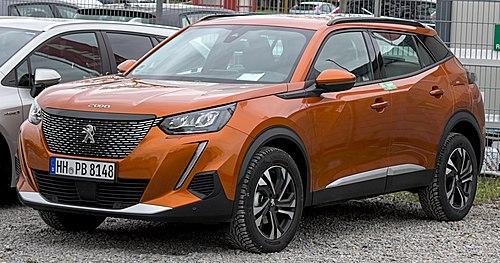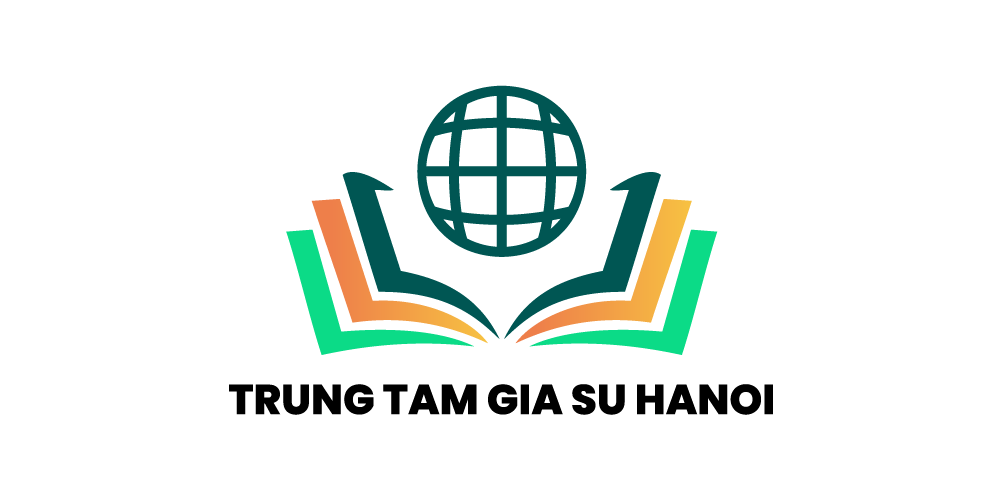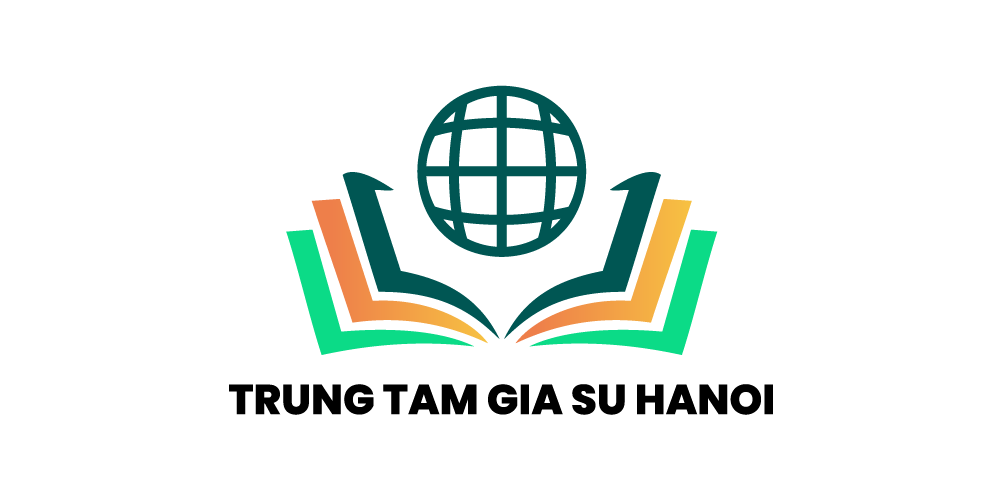The Peugeot 2008 is a subcompact crossover SUV (B-segment) produced by the French automaker Peugeot. Unveiled at the 2013 Geneva Motor Show and positioned below the 3008, the first 2008 replaced the Peugeot 207 SW, as Peugeot did not release an SW version of its 208.
First generationOverviewModel codeA94Production2013-20232013-2019 (Europe)2014-2019 (China)2015-2023 (Brazil)AssemblyFrance: Mulhouse (Mulhouse Plant)Sochaux (Sochaux Plant)Brazil: Porto Real (PSA Brazil)China: Wuhan (DPCA)Iran: Tehran (IKAP)Malaysia: Gurun (NAM)DesignerPierre AuthierBody and chassisPlatformPSA PF1 platformRelatedPeugeot 208Citroën C3 AircrossOpel CrosslandPowertrainEngineTransmission5-speed manual6-speed manual4-speed automatic 6-speed automaticDimensionsWheelbase2,538 mm (99.9 in)Length4,158 mm (163.7 in)Width1,740 mm (68.5 in)Height1,557 mm (61.3 in)Curb weight1,045 kg (2,304 lb)The first-generation 2008 was developed under code name "A94" and is based on the PF1 platform, sharing electronic components with Peugeot 208.[1] The revised version was presented at the Geneva Motor Show in March 2016.
The 2008, the mass production of which also started, is the first product of the joint venture between the two companies of Peugeot and IKCO named IKAP. The 2008 features a 1.6 inline four Turbo engine, producing 165 PS (121 kW; 163 hp) and 243 N⋅m (179 lb⋅ft) of torque at 4,000 rpm. The 2008's six speed automatic gearbox transfers the engine power to the front wheels.[2] It is available with a five speed manual gearbox, or a six speed manual, according to engine size. As of 2017, it became available with a six speed automatic (1.2 turbo petrol).[3]
The Peugeot 2008 is available with Peugeot's grip control system. This is available on 1.6-litre petrol and 1.6-litre diesel models. Grip control equipped models are supplied with all season M+S Tyres of Goodyear.
The facelifted version of the 2008 was released in February 2016.[4]
In Brazil, the 2008 gets a new facelift in 2019.[5] Since March 2015, the Peugeot 2008 is produced in Porto Real and exported to Mercosur countries.[6] In June 2022, the 2008 gets a new two-tone option (roof, mirrors, part of the tailgate) for 2023 model-year.[7] Production in Brazil ends in November 2023, as the model is replaced by the second-generation, now manufactured in neighbouring Argentina.[8]
Second generation OverviewModel codeP24Production2019-presentAssemblySpain: Vigo (Vigo Plant)Argentina: El PalomarChina: Wuhan (DPCA)Pakistan: Karachi (Lucky Motor Corporation)Malaysia: Gurun (Gurun Plant)Vietnam: Chu Lai (THACO)DesignerSandeep BhambraBody and chassisPlatformCMP/eCMPRelatedPowertrainEngineElectric motorPermanent magnet synchronous motor (e-2008)Transmission6-speed manual8-speed automatic1-speed direct-drive (e-2008)Battery50 kWhElectric range310 km (190 mi)DimensionsWheelbase2,605 mm (102.6 in)2,612 mm (102.8 in) (China)Length4,300 mm (169.3 in)4,312 mm (169.8 in) (China)Width1,815 mm (71.5 in)Height1,550 mm (61.0 in)
OverviewModel codeP24Production2019-presentAssemblySpain: Vigo (Vigo Plant)Argentina: El PalomarChina: Wuhan (DPCA)Pakistan: Karachi (Lucky Motor Corporation)Malaysia: Gurun (Gurun Plant)Vietnam: Chu Lai (THACO)DesignerSandeep BhambraBody and chassisPlatformCMP/eCMPRelatedPowertrainEngineElectric motorPermanent magnet synchronous motor (e-2008)Transmission6-speed manual8-speed automatic1-speed direct-drive (e-2008)Battery50 kWhElectric range310 km (190 mi)DimensionsWheelbase2,605 mm (102.6 in)2,612 mm (102.8 in) (China)Length4,300 mm (169.3 in)4,312 mm (169.8 in) (China)Width1,815 mm (71.5 in)Height1,550 mm (61.0 in) On 19 June 2019, Peugeot officially announced the second generation of the model, based on PSA's new Common Modular Platform (CMP) shared with other models of the PSA Group, such as the second generation 208, DS 3 Crossback and the Opel Corsa F.[9]
At the time of release, Peugeot announced five internal combustion engine (ICE) options:[9]
- 1.2 L PureTech 100 S&S six-speed manual, or eight-speed automatic
- 1.2 L PureTech 130 S&S six-speed manual, six-speed automatic or eight-speed automatic
- 1.2 L PureTech 155 S&S eight-speed automatic (only for GT trim)
- 1.5 L BlueHDi 100 S&S 6-speed manual
- 1.5 L BlueHDi 130 S&S 8-speed automatic
The electric drive version, named the e-2008, features a 115 kW (156 PS; 154 hp) electric motor and 54 kWh battery, with a range of 406 km since the facelift in 2023.[10] It previously featured a 100 kW (136 PS; 134 hp) electric motor and 46.2 kWh of usable battery (50 kWh in total), capable of 310 kilometres (193 miles) of range under the WLTP test.
The vehicle is able to charge at speeds up to 100 kW, if the charging station allows it.[11] It went on sale in Europe in 2020.[12]
In the Philippines, the e-2008 was previewed at 18th Manila International Auto Show.
The facelift was officially unveiled on May 4, 2023, featuring visual changes and a larger battery for improved range.[13][14]
The updated model has a new front end with new headlights, front apron and grille, while it receives new tail lights in the back. LED headlights and lights are now standard. The grille maintains its overall proportions but has new designs with body coloured elements (except for the base trim, on which it is always black) and the apron now incorporates three vertical lines as the new light signature and DRLs. New colours are available and the new Peugeot brand identity is now featured.[10]
The facelift debuts a bigger 54 kWh battery and a new motor, which result in a range of 406 km, up from 345 km in the pre-facelift.[10]
Pre-facelift models (2019-2023)
Years Type Displacement Power Torque 0-100 km/h (0-62 mph) Top speed Trans. Drive Petrol engines 1.2 PureTech 2019-2023 1.2 L EB2ADT Puretech 1,199 cc (1.2 L; 73.2 cu in) 100 hp (75 kW) @ 5000 205 N⋅m (151 lb⋅ft) @ 1750 10.9 s 188 km/h (117 mph) 6-speed manual FWD 130 hp (97 kW) @ 5500 230 N⋅m (170 lb⋅ft) @ 1750 8.9 s 198 km/h (123 mph) 9.1 s 8-speed automatic 2019-2022 155 hp (116 kW) @ 5500 8.2 s 208 km/h (129 mph) Diesel engines 1.5 BlueHDI 2019-2020 1.5 L DV5 BlueHDi 1,499 cc (1.5 L; 91.5 cu in) 100 hp (75 kW) @ 3500 250 N⋅m (180 lb⋅ft) @ 1750 11.4 s 180 km/h (110 mph) 6-speed manual FWD 2020-2022 110 hp (82 kW) @ 3750 9.5 s 2019-2022 130 hp (97 kW) @ 3700 300 N⋅m (220 lb⋅ft) @ 1750 9.3 s 195 km/h (121 mph) 8-speed automatic Electric models Model Years Battery Trans. Range (WLTP) Power Torque 0-100 km/h (0-62 mph) Top speed Drive e-2008 2023— 50 kWh lithium-ion 1-speed direct-drive 330-342 km (205-213 mi) 136 hp (101 kW; 138 PS) 260 N⋅m (190 lb⋅ft) 10.8 s 183 km/h (114 mph) FWD References [15]Facelift models (2023-)
Internal combustion engines Years Type Displacement Power Torque 0-100 km/h (0-62 mph) Top speed Trans. Drive Petrol engines 1.2 PureTech 2023— 1.2 L EB2ADT Puretech 1,199 cc (1.2 L; 73.2 cu in) 100 hp (75 kW) @ 5000 205 N⋅m (151 lb⋅ft) @ 1750 10.9 s 188 km/h (117 mph) 6-speed manual FWD 130 hp (97 kW) @ 5500 230 N⋅m (170 lb⋅ft) @ 1750 9.4 s 203 km/h (126 mph) 8-speed automatic Diesel engines 1.5 BlueHDI 2023— 1.5 L DV5 BlueHDi 1,499 cc (1.5 L; 91.5 cu in) 130 hp (97 kW) @ 3750 300 N⋅m (220 lb⋅ft) @ 1750 9.3 s 196 km/h (122 mph) 8-speed automatic FWD Electric models Model Years Battery Trans. Range (WLTP) Power Torque 0-100 km/h (0-62 mph) Top speed Drive e-2008 2024— 50 kWh lithium-ion 1-speed direct-drive 340 km (210 mi) 136 hp (101 kW; 138 PS) 260 N⋅m (190 lb⋅ft) 9.0 s 150 km/h (93 mph) FWD 54 kWh lithium-ion 406 km (252 mi) 156 hp (116 kW; 158 PS) 9.1 s References [16]The second-generation 2008 is built at the El Palomar factory for the Argentine and Brazilian markets. The model began production in June 2024 and was launched in August 2024. It is offered with the Fiat-sourced FireFly 1.0L 120 PS (88 kW) turbo gasoline engine and a continuously variable transmission.[8]
The Peugeot 2008 won the 2021 South African Car of the Year.[17]
Calendar year Europe[i][18] Turkey China[19] Brazil[20] Argentina[21] Mexico 2013 58,672 2014 135,541 44,977 2015 154,325 49,229 6,236 2016 175,079 31,831 10,692 6,728 2017 179,529 11,520 10,572 11,633 2018 177,486 3,417 9,745 10,062 381[22] 2019 164,951 838 8,693 5,280 340[23] 2020 156,138 11,762[24] 1,097 4,602[25] 3,971[26] 1,159[27] 2021 191,424 9,176[28] 7,268 7,747[29] 2,957[30] 2,216[31] 2022 141,471 6,703[32] 5,172[33] 2,367[34] 2,142[35] 2023 18,005[36] 1.728 3,220[37] 2024 18,612[38] 8,217[39]In 2022, Iran Khodro Company (IKCO) unveiled the Reera, which shares platforms with the second generation Peugeot 2008. This car is produced with the gasoline engines, expected to be released in 2024, along with an electric version in 2025.
The gasoline model uses the EFP (1.65 16V TC Dual VVT-i) which is capable of producing 161 horsepower and 240 Nm of torque. Reera's gearbox is a 6-speed automatic (AT) produced by DAE, which transfers power to the Reera's front wheels.
- Official website (United Kingdom)



